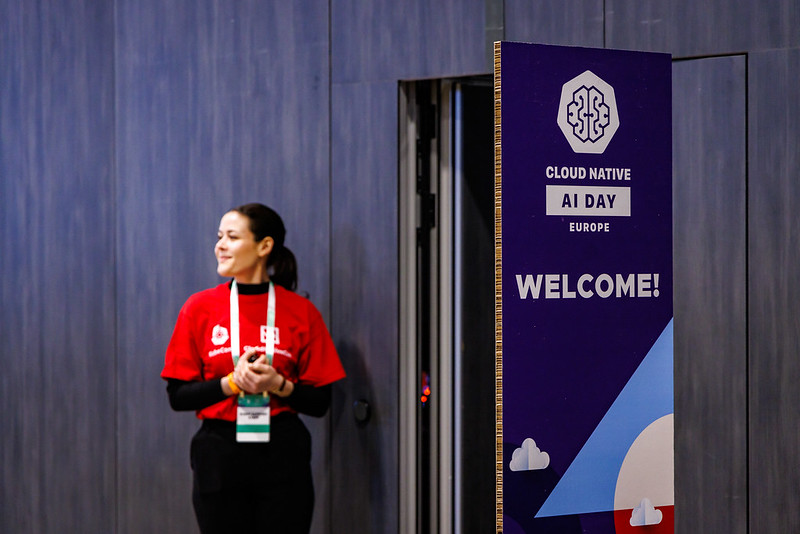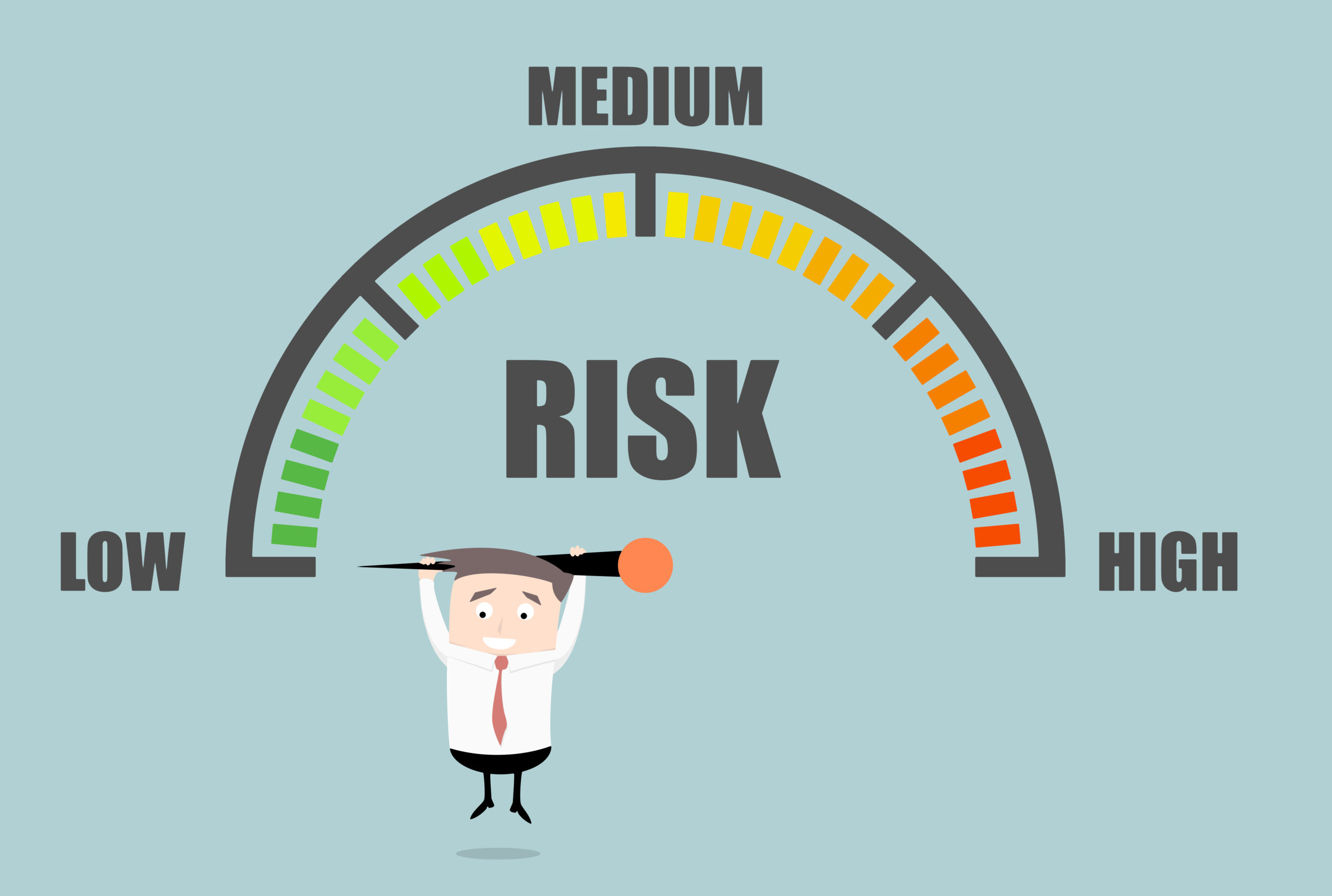SCRUM: a valid AGILE framework for managing modern projects
-
luigi milione
- 20 Sep, 2018
- 04 Mins read



In an unpredictable and subjected to rapid developments context, the traditional waterfall methodologies are no longer suitable, as they are not adaptable to the continuous requests for change by the business The AGILE methodologies instead welcome change and guarantee stability thanks to iterative releases during sprints (and not all at the end of the project).


The AGILE manifesto was developed during a meeting of IT designers and gurus, meeting in the Agile Alliance in 2001. From the manifesto were born 12 principles on which agile methodologies are based.


The triangle defined as "iron", not debatable and often too rigidly applied, demonstrates all its limitations in incorporating possible but more than likely requests for change during the design process, leading to a final product that is often not completely in line with the needs that have changed in the meantime or which have simply been clarified during the development operations (we are talking about not only IT fields, such as building). In contrast, the orientation of the Agile triangle is aimed at incorporating changes to transform them into added value.

Since the 1990s, a series of AGILE methodologies have come into being that differ from one another in many respects, but united by joining the Manifesto AGILE !!
Scrum (widely the most widespread), Lean Kanban, Extreme Programming, Crystal Methods, Dynamic Systems Development, Feature Driven Development, Test Driven Development, Adaptive Software Development, Agile Unified Process, Domain Driven Development



the scrum flow for individual sprints shown in the figure, highlights the iterativity fel framework, thanks to which it is predictive rather than adaptive.

The Framework is based on non-negotiable principles, adaptable aspects and processes:
6 principles
5 aspects
19 processes divided into 5 phases (+3 x large projects and 5 processes for projects applied to whole organizations)
It is important to understand that Scrum can be applied to projects of any size and scope



Product Owner (the customer's voice)
Scrum Master (Servant Leader, facilitator and motivator of the Scrum Team)
Scrum Team (Responsible for product development and learning about what is required by the Product Owner)

The business justification is based on the concept of "value-based delivery", according to which the estimated products of "higher value" are delivered first compared to those estimated with a lower value. Regardless of the type of project, it is impossible to guarantee its success. For this reason Scrum tries to deliver the project results as soon as possible, thus releasing value in advance of traditional methods that do so only at the end of the entire design process.

The acceptance criteria of the user stories, are pre-established in the initial phase of the project and are objective components through which to judge the functionality of the user stories developed. This avoids misunderstandings about the functions to be released.

In Scrum quality is defined as the ability of the product or the completed deliverables, to satisfy the acceptance criteria and to realize the business value expected by the customer.


Project stakeholders (in particular sponsors, customers and users) may request for changes at any time during the project. All the changes requests, once approved, are added to the Project Prioritized Product Backlog

 Opportunities -> Risks that have a likely positive impact on the project
Opportunities -> Risks that have a likely positive impact on the project
Threats -> Risks that could impact the project in a negative way
Risk management must be carried out proactively and it is an iterative process that must begin at the beginning of the project and continue throughout its life cycle.

Risks are also introduced in the Prioritized Product Backlog and managed. In Scrum, the Product Owner is responsible for implementing risk and responsibility for Sprint.



Scrum is based on the theory of empirical control of processes, or empiricism. Empiricism states that knowledge derives from experience and that decisions are based on what is known. Scrum uses an iterative method and an incremental approach to optimize predictability and risk control. The pillars that support every implementation of the empirical process control are: transparency, inspection and adaptation

Self-organization is based on the concept that workers achieve greater value when they self-organize It is the team that decides which User Stories to take from the PPB and put in the Sprint backlog at the start, among those prioritized by the ProductOwner (with him) Inside the team, you decide who works for what.

In Scrum the collaboration refers to the Scrum Core Team that works together and interfaces with the Stakeholders to create and validate the project deliverables. The fundamental dimensions of collaborative work are: Awareness - Articulation - Appropriation

This principle highlights the attention of Scrum to the delivery of maximum business value in the minimum amount of time, from the beginning of the project and throughout its duration. Scrum aims to deliver a valuable product or service to the customer immediately and continuously. To provide the maximum value in the shortest possible time, it is necessary to prioritize and distinguish between what needs to be done and what needs to be done later.

Some of the advantages of Time-boxing are:
· Efficient development processes
· Lower general expenses
· High team speed (measured in story points)

A strength of Scrum is precisely the flexibility of the adopted iterative / adaptive model, thanks to which also the changes requested and introduced during the project are welcome (as requested to increase the value released).


For each process there are INPUT, which are processed using TOOLS AND TECHNIQUES producing one or more outputs




Expressed with the estimation criteria previously described The BurnDown chart shows the estimate of the amount of work remaining for the sprint and the burnUp chart, the amount of work done.

Project = Collaborative Enterprise to create new products or services declared in the project Vision
Program = Group of related projects, which aims to achieve business results as defined in the Program Vision Statement.
Portfolio = Group of related programs, which aims to achieve business results as defined in the Portfolio Vision Statement.










